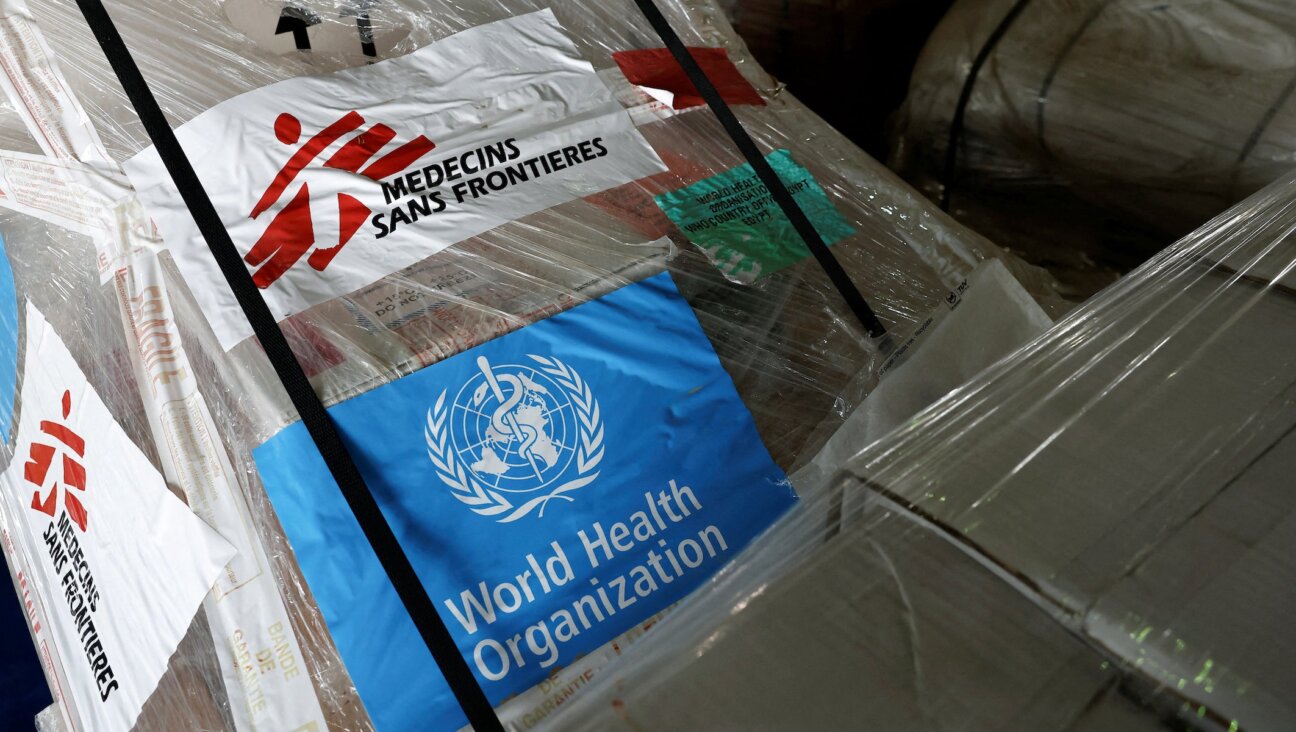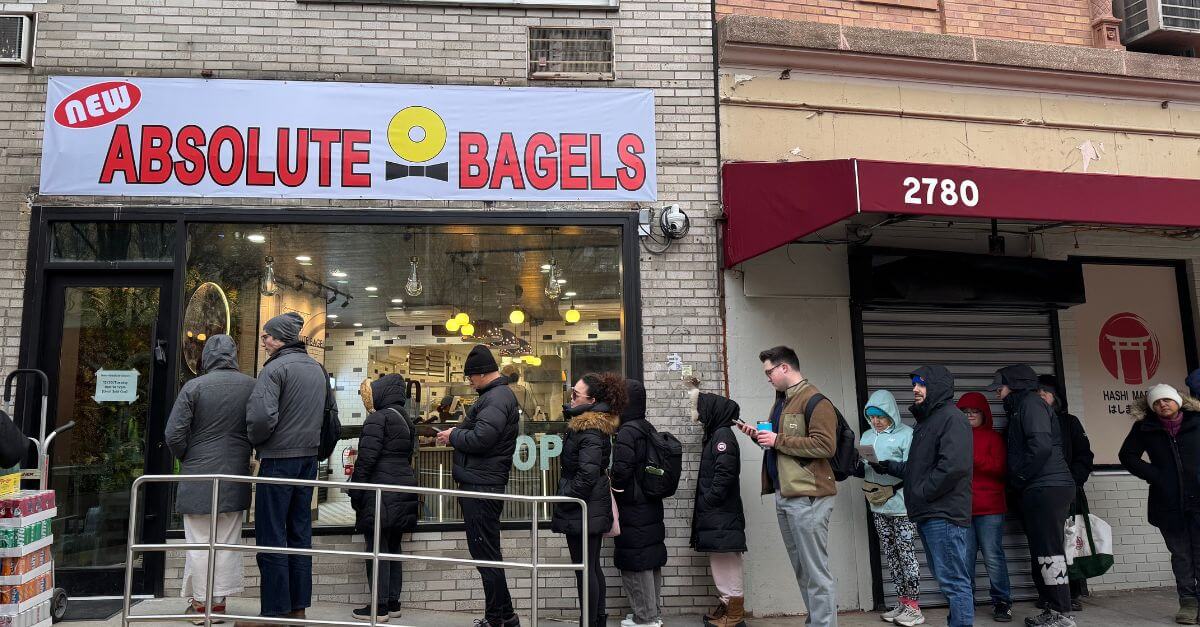In Memoriam
Last month, Yad Vashem, widely viewed as the first and most recognizable Holocaust museum in the world, inaugurated a completely redesigned new building. The project seems to have been propelled, at least in part, by the proliferation of regional museums and curated spaces devoted to memorializing the Holocaust. In honor of Yom HaShoah, or Holocaust Remembrance Day, which falls this year on May 6, the Forward offers its readers a survey of a selection of these museums — with an emphasis on how each represents its specific mission and particular Jewish community.
JERUSALEM: Yad Vashem
The New Museum at Yad Vashem is not a place for window shopping the Holocaust: There is one way in and only one way out, located at the very end of the story of the Holocaust, as seen through the eyes of those for whom the State of Israel is a redemption for the tragedy of Europe. The intervening route is a disquieting zigzag broken up by lightness and darkness, in which you are forced, time and again, to stop as various obstacles block your progress along the skylit backbone of this new building and veer sharply to exhibition areas on the left or right.
The museum was designed by the Israeli-Canadian architect Moshe Safdie; it has subsumed and entirely replaced what for 30 years was “Yad Vashem,” the Israeli memorial-cum-Holocaust museum, a place in which wounds were exposed without the benefit of the lens of real museumship. (Admirers of the old museum will be happy to know that its one irreproachable monument, the memorial to the dead children, has remained untouched, otherworldly and irreducible to words.)
The new building is a long slash that cuts right through the Judean hilltop now called the Mount of Remembrance, which houses the research and educational campus that contains this new museum. Seen from above, it appears as a metallic strip drawn right across the dusky-green brush. In fact, the line is the top of a triangle bisecting the mountain, a single streak of glass illuminating the displays arrayed beneath it. “We wanted there to be natural light throughout,” explained chief curator Avner Shalev, “and we wanted to disturb the mountain as little as possible around us; in fact we wanted there to be more trees when we finished than when we started, and we have succeeded. And we wanted to tell the whole history of the Holocaust as a story.”
The story is told, its various elements displayed in concise but perhaps somewhat scattered detail. A single corner, for example, is devoted to the persecution of homosexuals and Gypsies. But the story is nevertheless magisterially related, starting with ancient, pre-Nazi forms of Jew-hatred, and employing a striking range of techniques that keep the focus on the story of the individual.
“We are not about virtual reality,” Shalev said, despite the imaginative and resourceful use of high-tech elements such as a triad of screens broadcasting complementary but different angles of a single narrative. “We are all about authenticity, and about showing the individual text within the historical context.”
To that end, the museum is rife with real elements: the metallic carriage of a rail wagon, Nazi flags, the toys carried to London by a young refugee and the letters his father sent him, plus interviews with survivors explaining in the first-person what happened and where, but in general, not why.
The museum sticks to an admirably precise and dry narrative style, moderately pedagogic, despite its heartbreaking and almost incomprehensible subject matter. It also sticks to being a museum — a vehicle, not its own artifact. While the building is, in fact, a conspicuous success, it is quiet and underground in more ways than one. Don’t look at me, it seems to say — listen.
In one place the museum does call out, without vanity, for attention: The breathtaking detail in The New Museum at Yad Vashem is the new Hall of Names, a three-dimensional rhombus—actually, a cone set upon an inverted cone — in which dark air, the deliverance of water and the solid granite foundation of Jerusalem all come together in a stunning silence populated by dead words — the names, written in hundreds of volumes, of the victims of the Holocaust that line this strangely affecting chamber. It is a sinkhole from which one’s soul nevertheless soars, and it is in no small part tied to this very Israeli museum’s message: Here we are. In fact, if the serene hues of Jerusalem’s hills, to which one is delivered at the end of this broken path, do not make the message clear, the exit gate is inscribed with a quote from Ezekiel 37:14: “I will put my breath into you and you shall live again, and I will set you upon your own soil.”














